Case 1
- Far North - Beginning and End
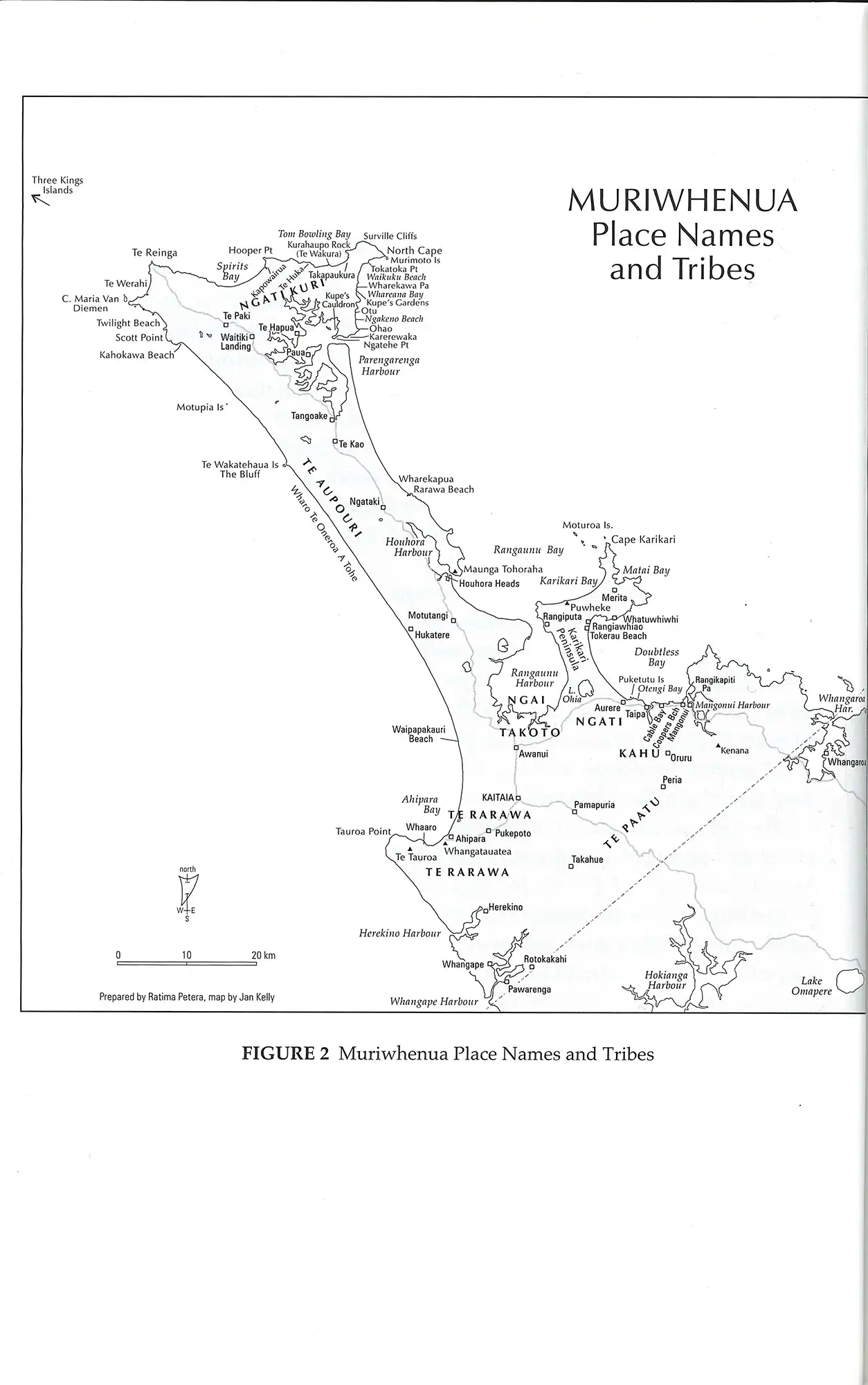
Dorothy Urlich Cloher, The tribes of Muriwhenua. Their origins and stories. Auckland: Auckland University Press, 2002. SPRH 993.12 CLO
Hone Papita Raukura ‘Ralph’ Hotere was born on 11 August 1931 in Taikarawa, a small settlement between the entrances to the Hokianga and the Whangape Harbours in the Far North. His parents were Ana Marie Taniere (Ngāti Whātua) and husband Tangirau Kirihimete (Chris) Hotere (Te Aupōuri, with affiliations to Ngāti Kahu and Ngāpuhi). The family later moved to Mitimiti, not marked in Cloher’s map ‘Muriwhenua Place Names and Tribes’, but just below Whangape. Named ‘Hone Papita’ after the French Catholic missionary Jean-Baptiste Pompallier, Raukura, Rau, ‘Peanut’ (a family nickname), and later Ralph (so dubbed by his first teacher), he enjoyed the close-knit Māori-Catholic community, soaking in the tribal legends and histories, and the rich interplay between land and people. The migratory godwit (kūaka) is an important bird to the northern Muriwhenua and it certainly resonated with Hotere. The cover of Cloher’s book (not shown) carries a detailed image of his Godwit/Kūaka, a commissioned mural that he created for the Auckland International Airport in 1977. Part of the panels of this work contain the text of an ancient Te Aupōuri chant taught to him by his father. Woodley’s book is a presentation copy from Mary McFarlane, artist and Hotere’s third wife.

Dorothy Urlich Cloher, The tribes of Muriwhenua. Their origins and stories. Auckland: Auckland University Press, 2002. SPRH 993.12 CLO
Open image in new window
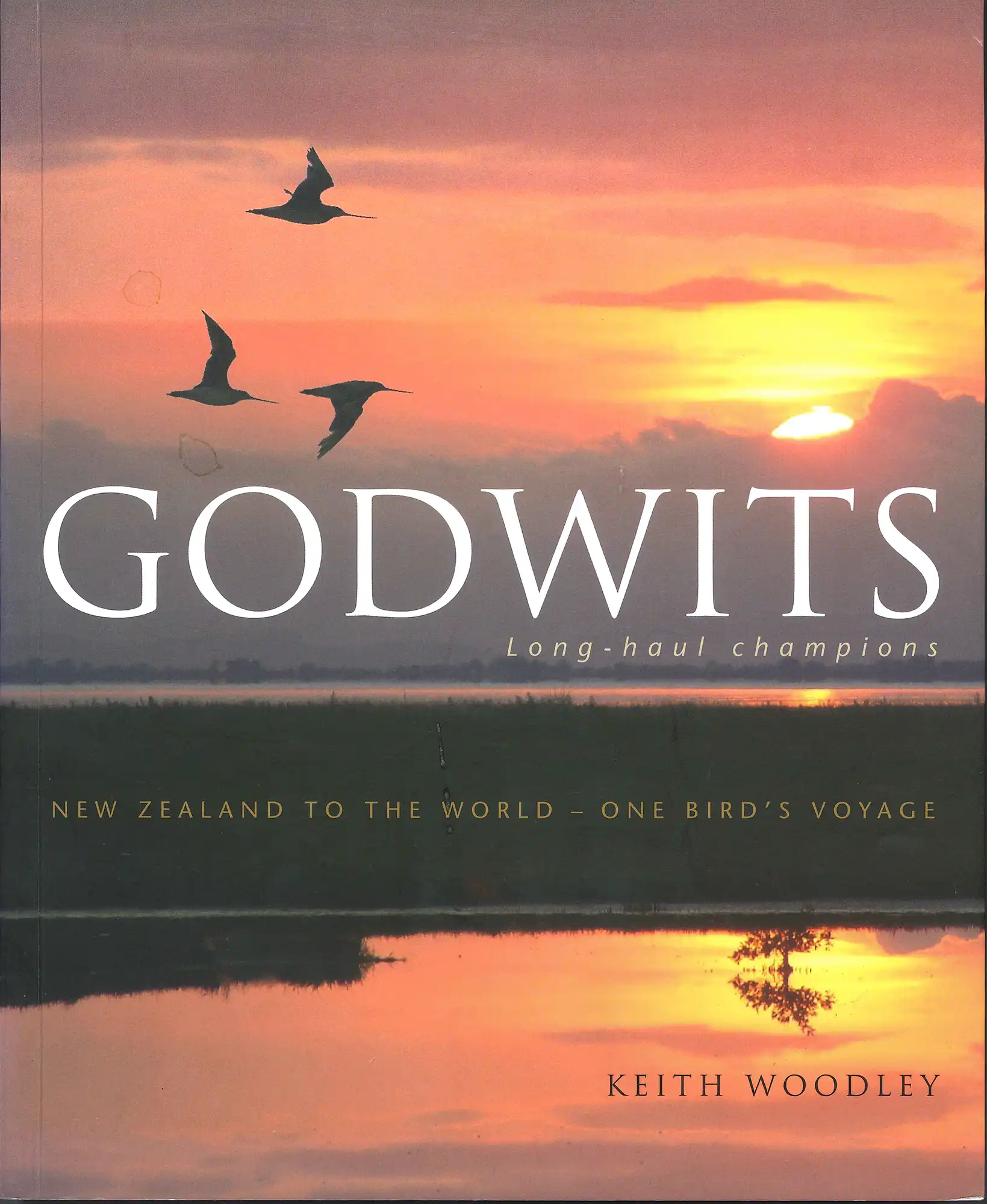
Keith Woodley, Godwits. Long-haul champions. Auckland: Raupo Penguin Group, 2009. SPRH 598.33 WOO

Keith Woodley, Godwits. Long-haul champions. Auckland: Raupo Penguin Group, 2009. SPRH 598.33 WOO
Open image in new window
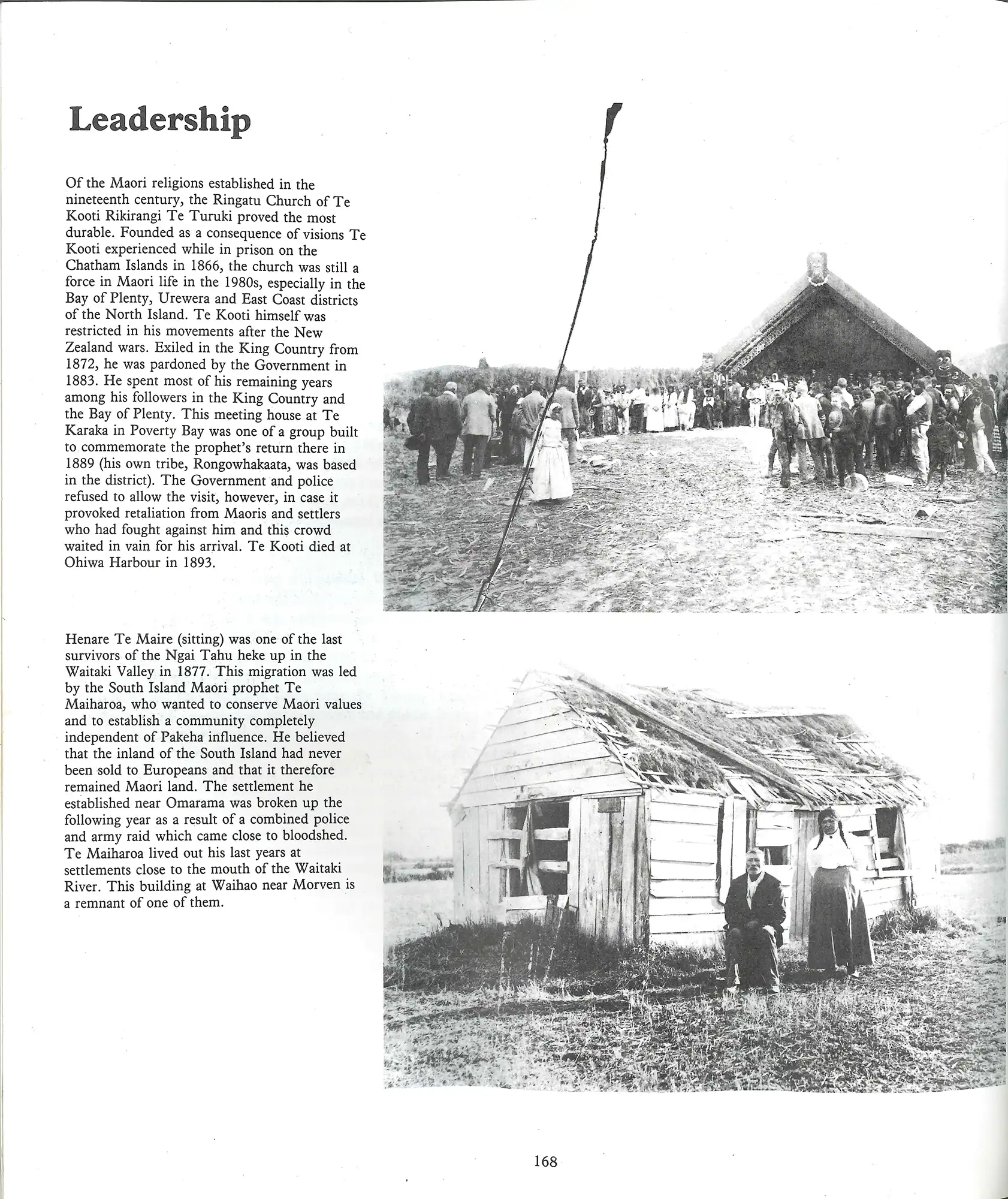
Michael King, Maori. A photographic and social history. Auckland: Heinemann, 1984. SPRH 993.004994 KIN
Hotere’s father, Tangirau (1898-1982), farmed in the North and was a local authority on Māoritanga, especially in the traditions of Te Aupōuri. Ana, his mother, was one of the kaitiaki (guardian) at the church at Matihetihe. English was encouraged, but Māori was spoken in general conversation. The church and marae formed an integral component of Hotere’s early life. Visits to the marae, especially to that of Panguru, meant exposure to tukutuku and carvings; the church contained pictures portraying events in the Passion of Christ (the Stations of the Cross). Viewing these works may well have engendered in him the first notion of art. Old buildings and meeting houses struck a chord. His small note inserted in Michael King’s Maori (1984) references a meeting house at Te Karaka (certainly containing its own iconography) and a ‘dilapidated building’ at Waihao, near Morven. A Union Jack symbol is present, perhaps a signal to his own ‘Black Union Jack’ series.

Michael King, Maori. A photographic and social history. Auckland: Heinemann, 1984. SPRH 993.004994 KIN
Open image in new window
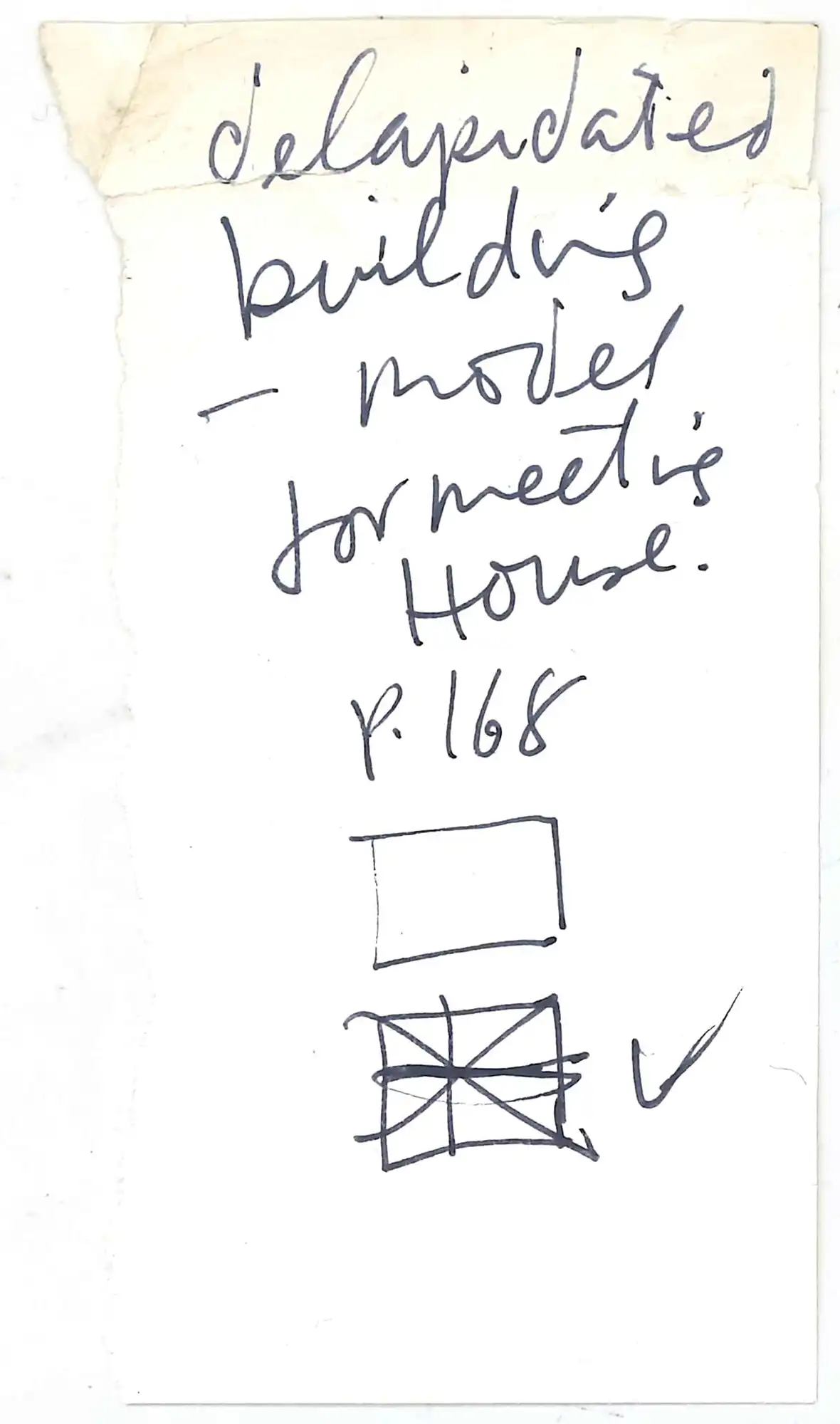
Ralph Hotere. Note inserted in Maori.
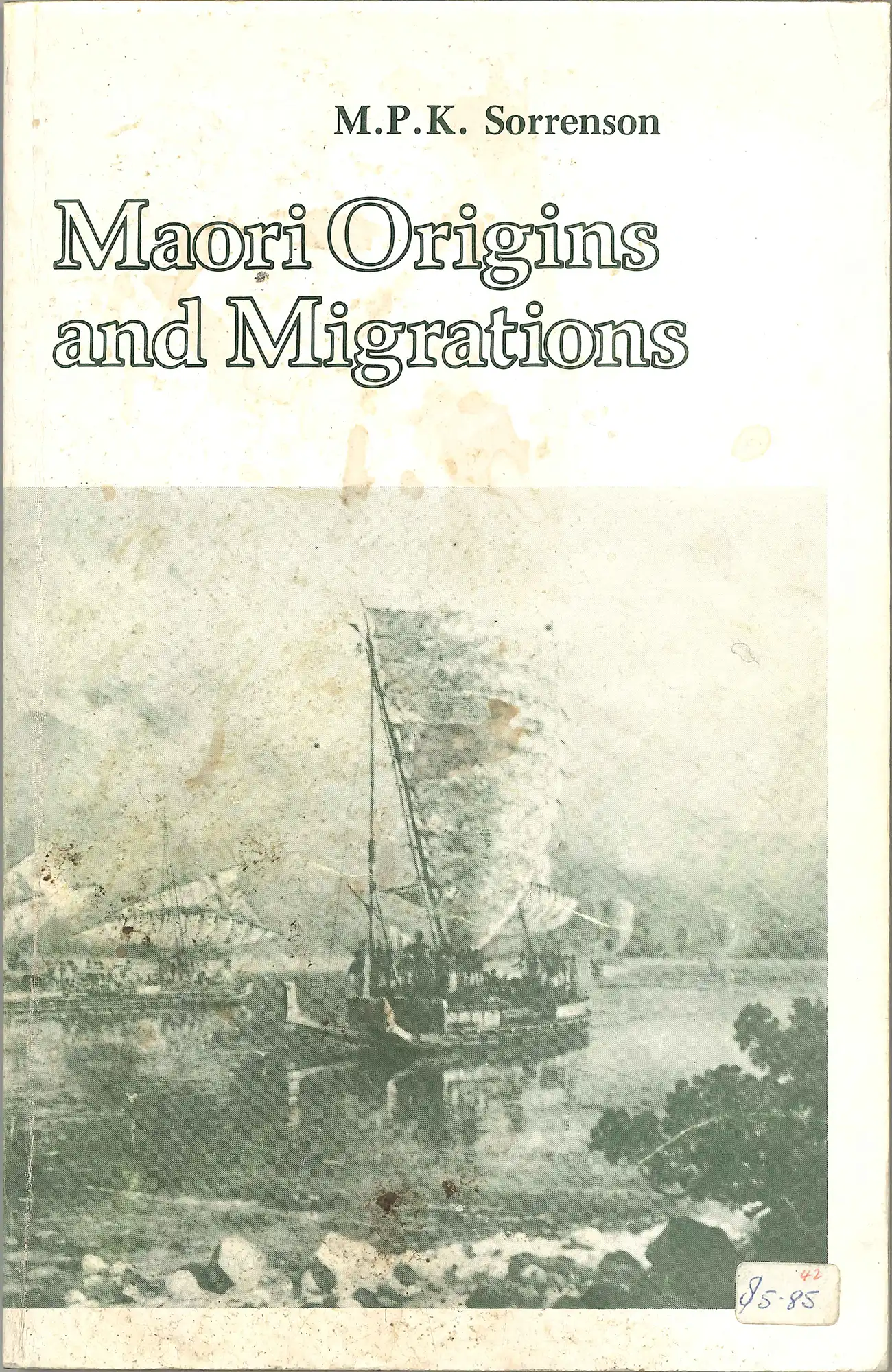
M.P.K. Sorrenson, Maori origins and migrations. The genesis of some pakeha myths and legends. Auckland: Auckland University Press, 1979. SPRH 993.01 SOR
Hotere’s library totals some 900 items: books, pamphlets, art catalogues, magazines, ephemera, and vinyl records. Gifted to the Dunedin Public Library in October 2021 by Mary McFarlane, the collection is now fully catalogued. Hotere is regarded as one of New Zealand’s most important artists. It is thus understandable that the Art and Recreation section of the Dewey classification (700s) contains the most items at 414 (49.2%). Literature (800s) follows at 247 (29.3%) and then History and Geography (900s) at 73 (8.6%). Publications in the other seven areas such as Philosophy, Religion, Social Sciences, and so on – are much fewer, totalling some 101 items. Among history books, Hotere owned reprint editions of John Savage’s Some account of New Zealand: particularly the Bay of Islands (1966), C.O. Davis’s The life and times of Patuone, the celebrated Ngapuhi chief (1975), and a copy of M.P.K. Sorrenson’s Maori Origins (1979). It is hard to determine use, but the coffee stains on the cover of the last suggest it was utilised somehow – and perhaps read.

M.P.K. Sorrenson, Maori origins and migrations. The genesis of some pakeha myths and legends. Auckland: Auckland University Press, 1979. SPRH 993.01 SOR
Open image in new window
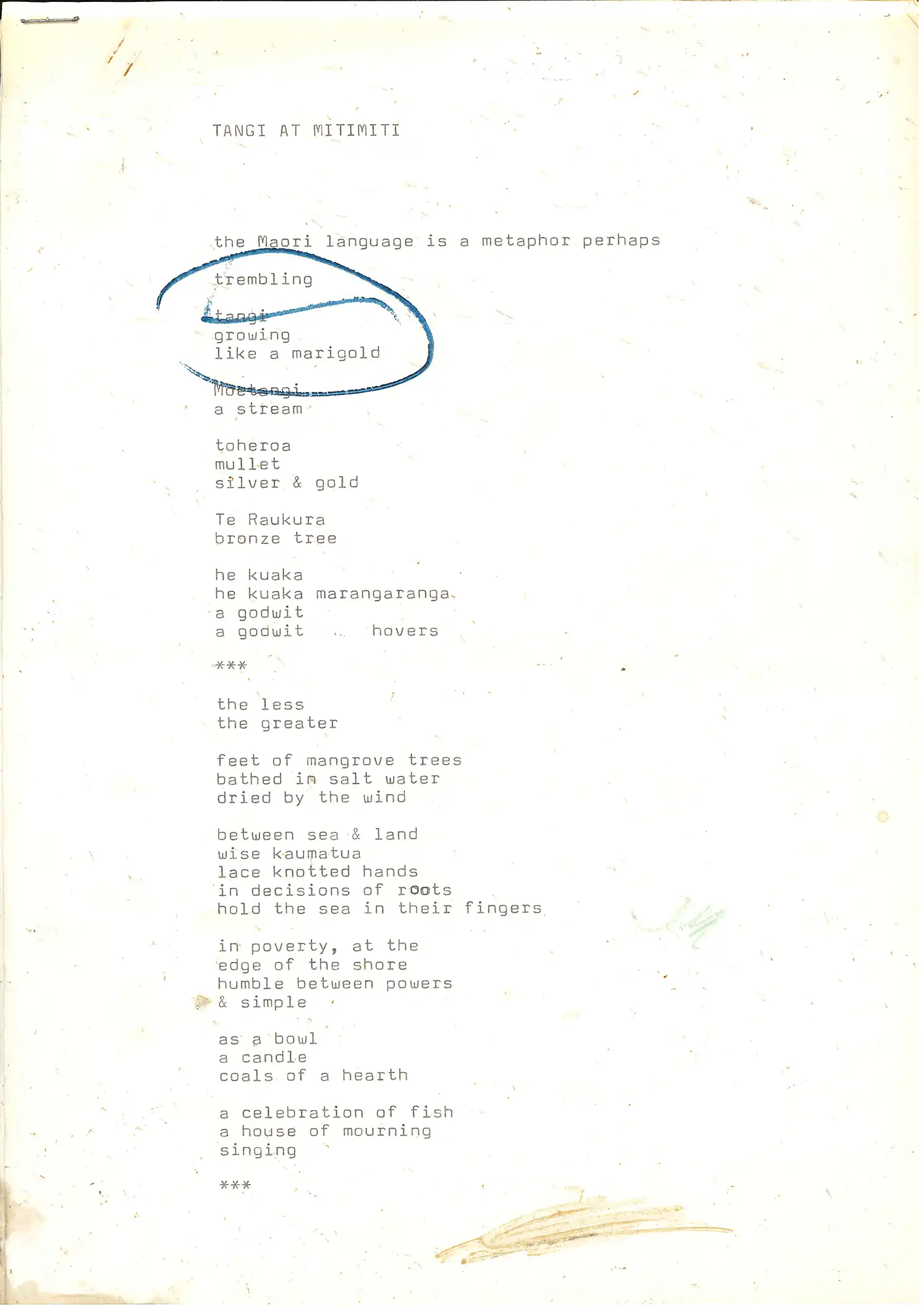
Cilla McQueen, Typed poem ‘Tangi at Mitimiti’, 1982. Hotere Ephemera
Mitimiti was a special place for Hotere. There was the marae, the church of Hāto Hemi, Tumoana, the meeting house, the beaches and surrounds of the Hokianga Heads, and the people, particularly his family. He returned often: while an arts advisor based at Kaikohe; at his mother’s tangi in May 1972; and his father’s tangi in 1982. One response to the last was a series of lithographs that he created under the title ‘Tangi at Mitimiti’. Poet and writer Cilla McQueen accompanied Hotere to his father’s tangi. She too was affected, penning her ‘Tangi at Mitimiti’. The typed version of her poem on display contains small textual differences from that printed in her Poeta (2017). It is not known who added the blue pen circles and a dab of gold.





